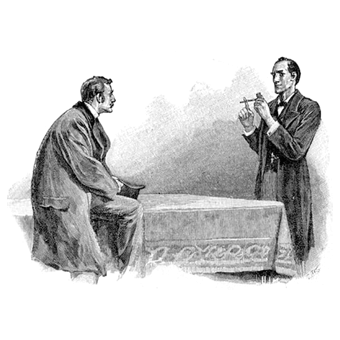A Mendocino motor is a fascinating and elegant device that operates based on principles of magnetism, solar power, and electromagnetic induction. It is a type of solar-powered electric motor named after the Mendocino County in California, where it was first developed in the 1960s by Larry Springs and Larry Hagberg. The Mendocino motor utilizes the sun’s energy to generate electricity, which in turn powers the motor’s rotation without the need for any external electrical connections or batteries.
The basic components of a Mendocino motor include a wooden base, solar cells, magnets, and a spindle with a rotor. Here’s a step-by-step guide on how to make a Mendocino motor with a wooden base and magnets:
Materials needed:
- Wooden base – The base provides stability to the motor and serves as the foundation for mounting the other components.
- Solar cells – These photovoltaic cells are responsible for converting sunlight into electrical energy.
- Magnets – You’ll need four small neodymium magnets. Two will be used for the levitation setup, and the other two for the spinning rotor.
- Copper wire – Thin copper wire is used to create the coils for electromagnetic induction.
- Spindle – The spindle should be a non-magnetic material like wood or plastic, serving as the axis for the rotor.
- Rotor – The rotor is usually a small, lightweight disc made of non-magnetic material like acrylic or wood.
- Ball bearings – For smooth rotation of the spindle and the rotor.
- Soldering iron and solder – To connect the components.
Steps to assemble the Mendocino motor:
- Prepare the wooden base: Start by creating a stable platform for the motor. You can use a piece of wood with dimensions around 20 cm x 20 cm. Smooth the surface and make sure it’s level.
- Attach the solar cells: On each side of the wooden base, glue or attach four solar cells. Position them so that they form a square, and wire them in series to increase the voltage output.
- Construct the levitation setup: Take two small neodymium magnets and place them with the same poles facing each other on the center of the wooden base. This creates a magnetic repulsion effect, allowing the motor to levitate.
- Build the rotor: Attach two neodymium magnets to opposite sides of the rotor. Make sure they have opposite poles facing outward.
- Install the spindle: Attach ball bearings to the wooden base, and insert the spindle through them. Ensure the spindle can rotate freely.
- Create the coil assembly: Using the copper wire, wind several coils around the spindle, near the bottom. These coils will generate the electromagnetic field needed for rotation.
- Connect the components: Connect the wires from the solar cells to the copper coils on the spindle using a soldering iron and solder.
- Fine-tune and test: Adjust the position of the solar cells and magnets to ensure the motor is well-balanced and stable. Place the motor in direct sunlight and observe the rotor’s rotation.
The Mendocino motor operates as follows: When exposed to sunlight, the solar cells generate electricity. The electrical current flows through the copper coils on the spindle, creating an electromagnetic field. This field interacts with the magnetic field produced by the rotor magnets, causing the rotor to spin. The levitation effect from the magnets on the base minimizes friction, allowing the rotor to rotate with minimal resistance.
Remember that building a Mendocino motor requires precision and patience. It might take some trial and error to achieve optimal performance. Once you have a functional motor, it’s a mesmerizing demonstration of solar energy and electromagnetic principles.

